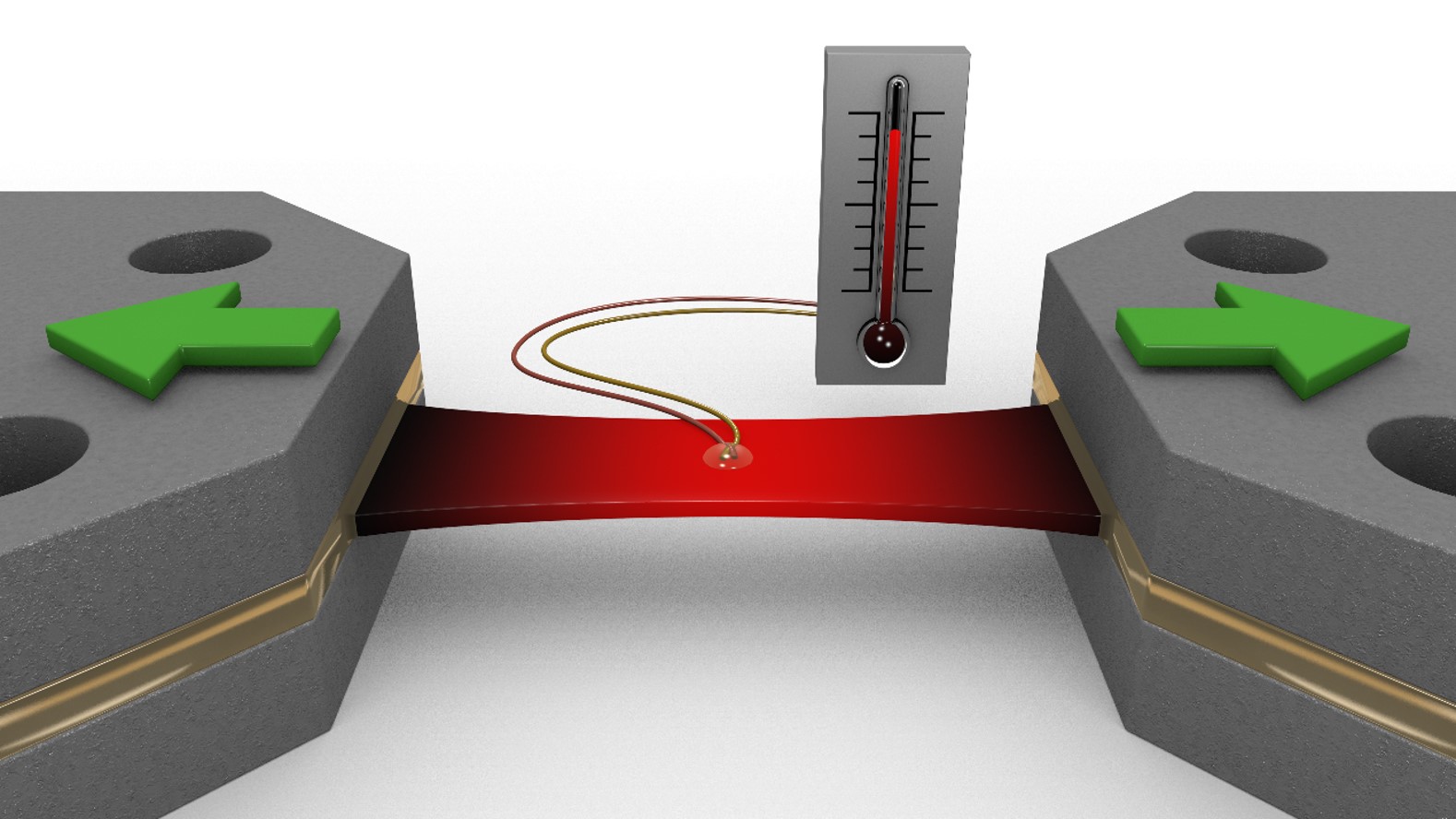|
|
|

Strains, which can be induced via external forces, directly affect the periodic potential seen by electrons in a solid. Historically, static strain-tuning has been profitably used, for example, for band-structure engineering of semi-conductors. Similarly, the symmetry-preserving strains that are induced by hydrostatic pressure have been used extensively to tune phase diagrams of a wide variety of materials that exhibit phase transitions of various types. Here, in contrast, we have focussed on in-situ-tunable symmetry-breaking anisotropic strains, which are incredibly powerful for probing and manipulating many electronic states of current interest.
In the specific case of electronic nematic order, appropriately constructed anisotropic strains couple bi-linearly to the order parameter, and as such act as an effective ‘field’. This points to a much deeper role for anisotropic strains than just band structure engineering. We have pioneered elastoresistance measurements of materials that exhibit this kind of electronic order, probing the induced electronic anisotropy in response to anisotropic strain, and by so doing measuring an important associated quantity, the nematic susceptibility. Following a related line of reasoning, we have also shown how orthogonal antisymmetric strain can act as a transverse field for electronic nematic order, inducing quantum fluctuations and suppressing nematic order. The strain-dependence of the critical temperature also implies the presence of an elastocaloric effect, which we have recently devised a new method to measure using an AC technique. Finally, such symmetry-breaking strains can also be used to detwin materials in the nematic state, allowing measurement of intrinsic electronic anisotropy of single nematic domains.
Image shows a cartoon of an AC elastocaloric effect measurement (courtesy J. Straquadine), in which the temperature of a sample (red) changes in response to the uniaxial stress (green arrows) that it experiences when it is pulled between two jaws (grey). Such measurements provide a powerful new tool to probe the entropy landscape near strain-tunable phase transitions.
|